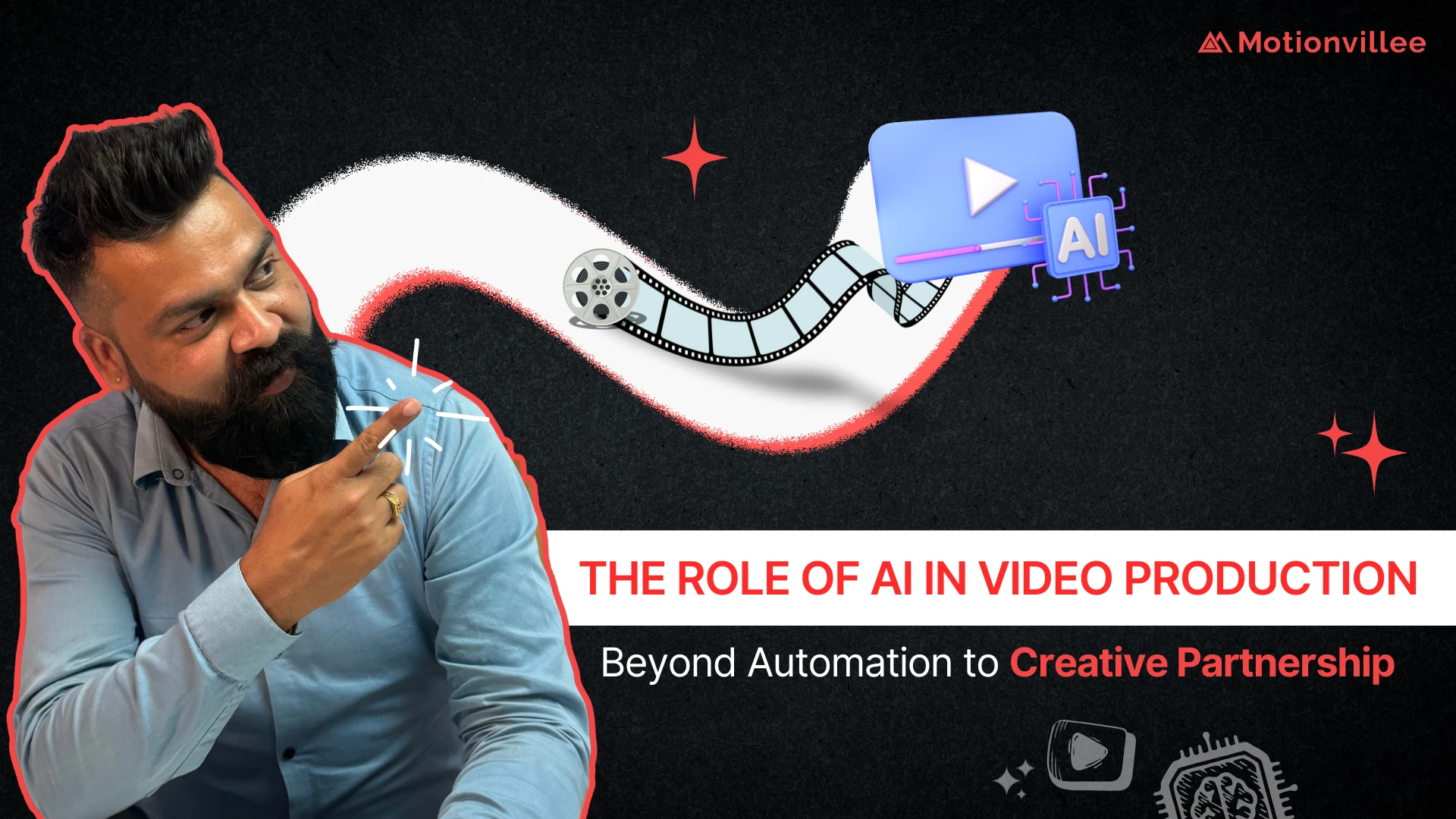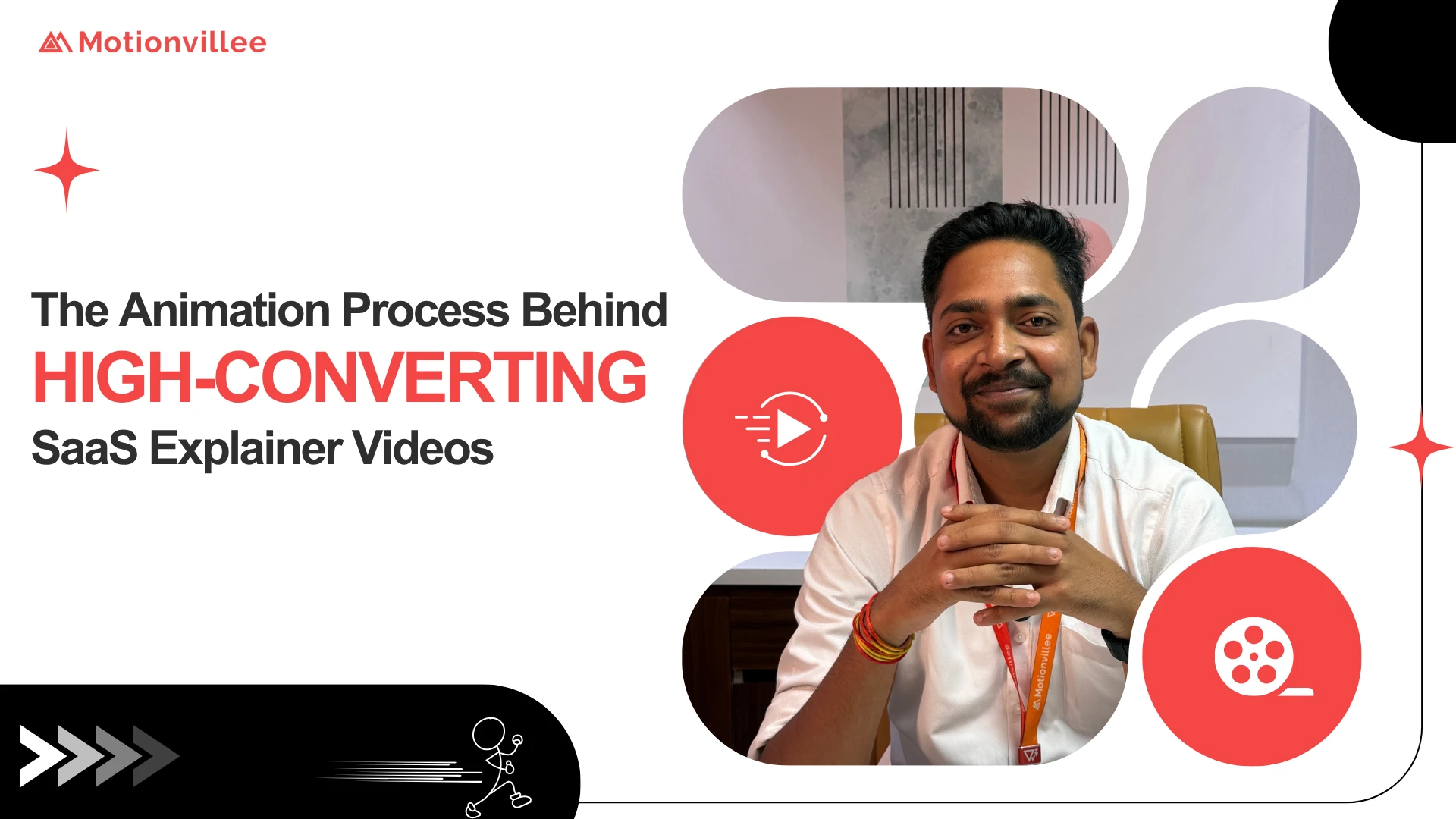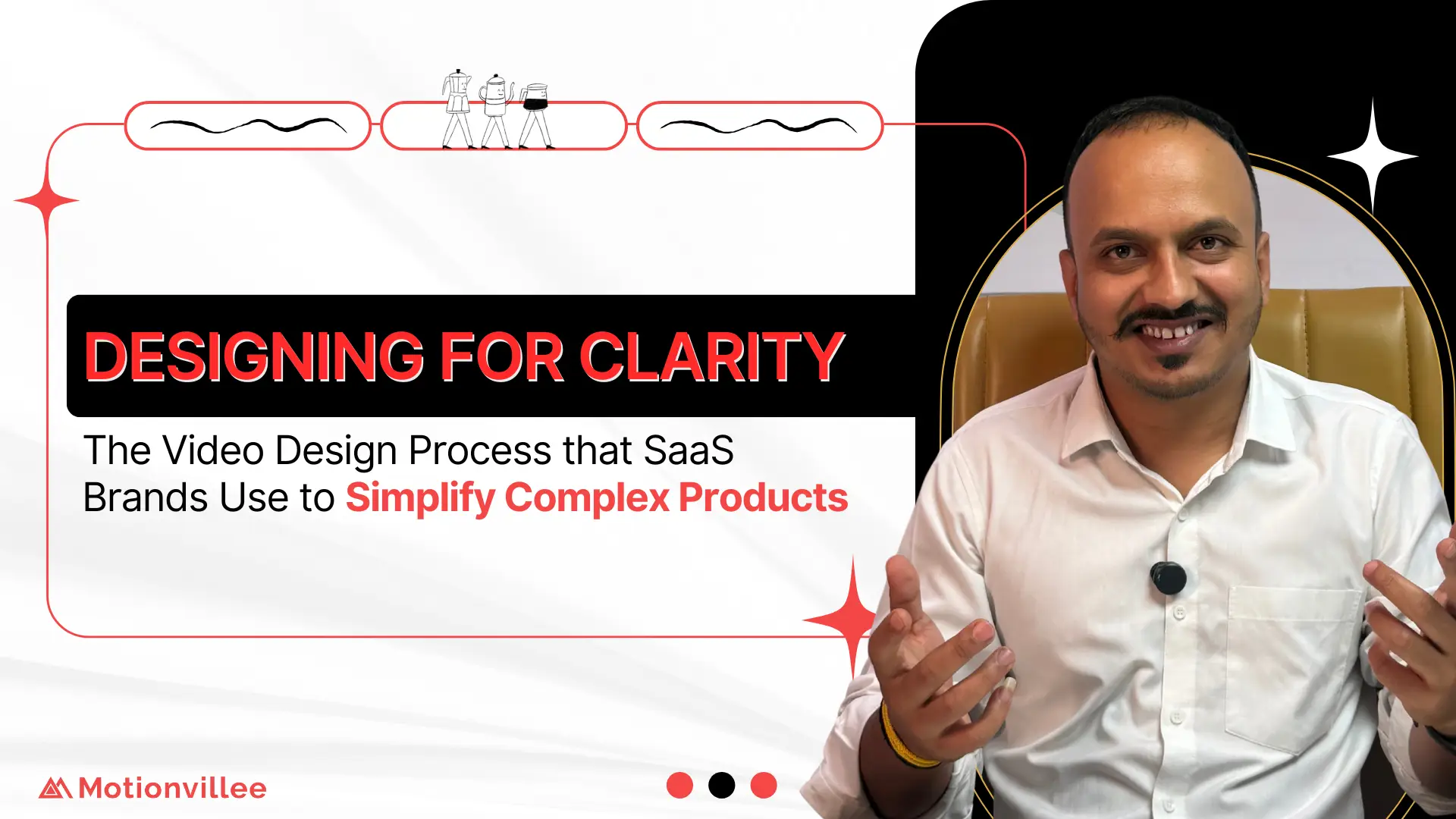Why Do Many Product Demos Fail to Win Buyers?
Most demos fail because they focus on product features instead of buyer needs. Messaging shifts transform demos into an effective product demo that tells a story buyers remember.
The truth is that too many teams prepare a demo as a technical showcase. Slides and specifications dominate, leaving little space for context or emotion. This creates product demo mistakes where the buyer walks away confused or unimpressed.
What wins attention is a story that connects. An effective demo highlights pain points, shows how problems are solved, and frames benefits in the buyer’s world. This is why messaging matters more than polished slides or long walkthroughs.
With the right shifts, your demo becomes more than a presentation. It turns into a B2B Video Production tool that influences decisions, builds trust, and drives the next step in the sales process.
What Is the First Messaging Shift for an Effective Product Demo?
The first messaging shift is to start with the buyer’s problem, not your product’s features.
An effective product demo grabs attention when it shows buyers you understand their challenges. Instead of opening with a list of product functions, open with a relatable problem. This frames your solution as the natural answer.
When planning this shift:
- Research the buyer’s industry challenges.
- Start your demo with a statement of their pain points.
- Use simple examples that reflect real situations.
For example, in SaaS sales, a demo that begins with “Your team spends hours reconciling data” connects instantly. Then, when you show your product in action, it feels like a solution, not a pitch.
This approach is not only about empathy, it is about strategy. Leading with the problem reduces resistance and builds interest. That is why aligning demos with SaaS Video Production techniques ensures every story starts with the buyer’s reality.
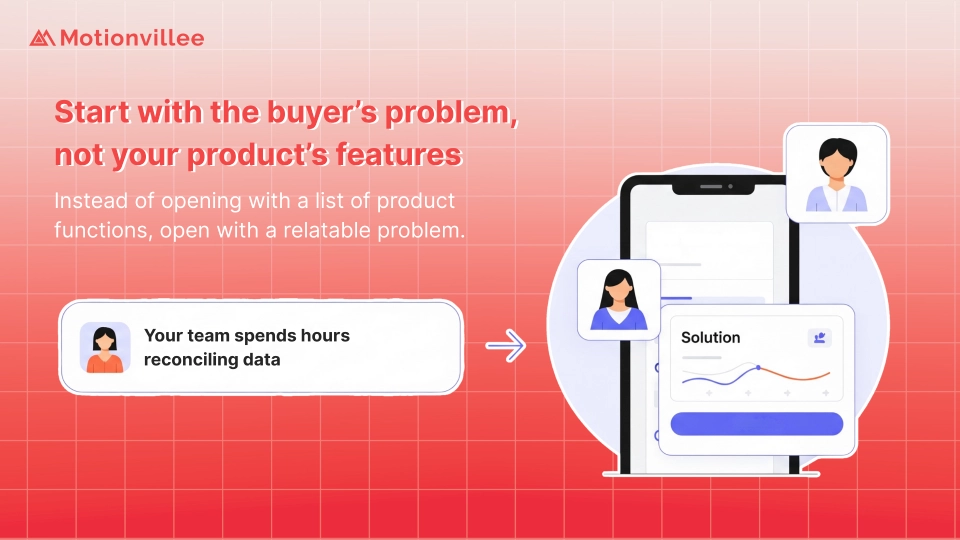
How Do You Position the Buyer as the Hero of the Demo?
You position the buyer as the hero by making the story about them, not your brand.
In an effective product demo, your company is the guide, and the buyer is the main character. Buyers engage when they see themselves in the story, facing a challenge and finding success with your help.
To apply this shift:
- Frame challenges as the buyer’s journey.
- Use examples that mirror their goals.
- Show how your product supports, not overshadows.
This technique is core to storytelling in product demo strategy. Instead of “Look what our platform does,” say, “Here is how you reach your target faster.” That small change shifts focus to the buyer’s outcome.
By using this approach, demos become easier to connect with. Your Explainer Video Production assets can also reflect this style, guiding buyers through their own success story with clarity and simplicity.
Why Should You Highlight Outcomes Instead of Features?
You should highlight outcomes instead of features because buyers care about results, not technical functions.
An effective product demo focuses on the value your solution delivers. Features are important, but without showing the business impact, they feel abstract. Buyers want to know how their work will change after adopting your product.
Practical ways to shift focus:
- Link each feature to a real-world result.
- Share a “before and after” scenario.
- Keep benefits tied to time savings, cost reduction, or growth.
This is at the heart of product demo best practices. A clear outcome gives the demo weight and purpose, turning curiosity into intent. By applying this, your Product Overview Video Production can highlight both the journey and the tangible win buyers expect.
How Can You Simplify Complex Ideas in a Demo?
You simplify complex ideas in a demo by breaking them into clear, easy-to-follow messages.
An effective product demo avoids overwhelming buyers with jargon. Instead, it explains concepts in simple terms so the audience can quickly connect with value. If buyers are confused, they disengage, and the opportunity is lost.
Ways to simplify your demo:
- Use plain language instead of technical terms.
- Break processes into three or four clear steps.
- Replace text-heavy slides with visuals.
This approach works especially well in SaaS where complexity is common. Using simplify SaaS demo strategies ensures clarity, speed, and impact. Pairing this with How to Video Production creates visual guides that are easy to understand and remember.
Why Is Context More Persuasive Than Raw Specifications?
Context is more persuasive than raw specifications because buyers want to see how your product fits their situation.
Listing specs alone feels detached. Buyers connect when they see the product solving challenges in their world. This messaging shift turns a technical presentation into a relevant conversation.
How to add context in demos:
- Relate features to industry-specific challenges.
- Use use-cases drawn from real clients.
- Show outcomes in environments similar to the buyer’s.
These demo messaging strategies make your solution relatable and trustworthy. Instead of a feature checklist, you create a narrative that resonates. Framing your product in this way can also be reinforced through Brand Explainer Video Production, which uses context-driven storytelling to keep the message clear.
How Do Visual Stories Make Demos More Effective?
Visual stories make demos more effective because people remember images and narratives better than data alone.
An effective product demo combines visuals with storytelling to create engagement and recall. Buyers are more likely to retain information when it is supported by a story they can follow.
Strong visual storytelling includes:
- Diagrams that explain workflows simply.
- Customer scenarios shown through animations or video.
- Live examples instead of static slides.
The power of a visual product demo is that it speaks to both logic and emotion. A good story reinforced by visuals helps buyers picture themselves using the product successfully, which builds trust and confidence.
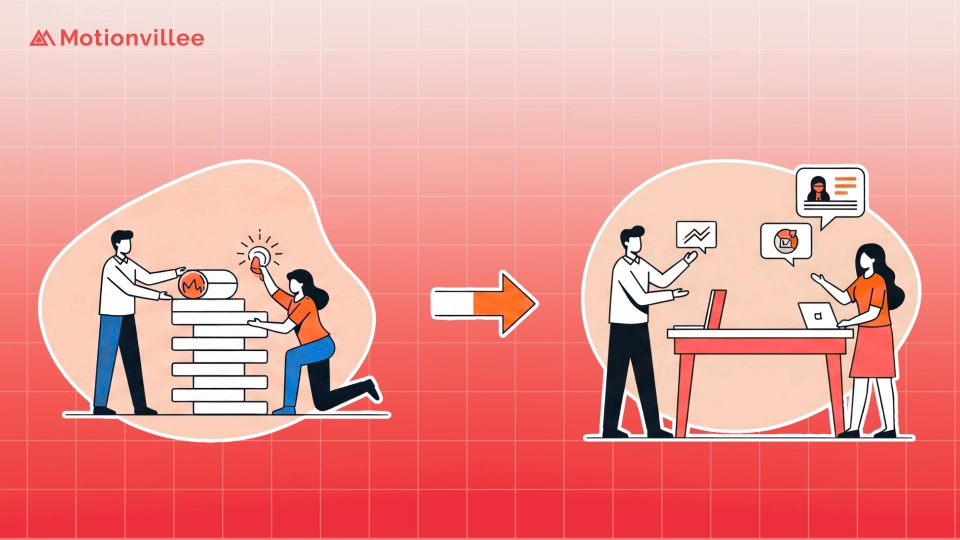
Why Should You Handle Objections During the Demo?
You should handle objections during the demo because addressing concerns early builds trust and reduces hesitation.
Many demos fail because they skip over buyer worries. This leaves questions unanswered until late in the sales cycle. By anticipating objections and tackling them within the demo, you show confidence and credibility.
Ways to handle objections in your demo:
- Prepare responses to common concerns in advance.
- Integrate proof points into your flow.
- Use real customer examples to address doubts.
This approach aligns with sales demo techniques that move buyers forward instead of slowing the process. Integrating objection handling into your Sales & Marketing Video Production ensures that every video addresses friction points and builds momentum.
How Do Comparisons With Competitors Clarify Value?
Comparisons with competitors clarify value by showing buyers how your solution stands apart.
An effective product demo highlights differentiation. Buyers often compare options, and if you do not show what makes your product stronger, they may assume all solutions are equal.
Ways to create smart comparisons:
- Focus on advantages that matter to the buyer.
- Use side-by-side visuals to show differences.
- Avoid negative talk, instead emphasize unique strengths.
This technique is at the heart of product demo differentiation. Done well, it positions your solution as the clear choice without sounding defensive. For enterprise audiences, pairing this with Corporate Video Production can reinforce authority and credibility while clarifying your edge.
Why Is a Narrative Flow Better Than a Linear Walkthrough?
A structured story with a beginning, middle, and end is easier to follow than a flat walkthrough.
In demos, a linear format often feels mechanical. Buyers see a sequence of screens but struggle to connect the dots. A narrative flow organizes information into a clear journey, which makes your message stick.
Ways to build narrative flow in demos:
- Begin with the problem your buyer faces.
- Show the turning point where your product removes obstacles.
- End with the outcome, framed as the buyer’s success.
This is the core of product demo storytelling. It transforms a technical explanation into a relatable experience. Supporting assets like Get Started Video Production can also use this approach, guiding buyers through each stage of the journey with clarity.
How Can Personalization Improve Demo Messaging?
Personalization improves demo messaging by tailoring it to the buyer’s role, industry, or stage in the journey.
An Effective Product Demo does not look the same for every audience. A CEO may want strategic outcomes, while a product manager needs detailed functions. By customizing your demo, you show respect for their context and priorities.
Practical ways to personalize demos:
- Adjust examples to reflect the buyer’s industry.
- Highlight benefits that matter to their role.
- Modify language to match their level of expertise.
This personalized product demo approach makes the message resonate more deeply. Instead of a one-size-fits-all walkthrough, you create a relevant experience that feels designed for the buyer’s world.
Why Does Social Proof Strengthen Demo Messaging?
Social proof strengthens demo messaging because real customer stories make your claims credible and relatable.
Buyers are naturally skeptical of marketing promises. When they hear how others solved similar problems, the message becomes trustworthy. A customer testimonial video or case study adds weight to your demo.
Ways to include social proof in demos:
- Share short video clips of client wins.
- Include a few quick customer quotes.
- Show metrics linked to real success stories.
By weaving these into your demo, you create reassurance that outcomes are not theoretical. They are proven. This strengthens confidence and reduces hesitation at the decision stage.

How Do Numbers and Metrics Support the Demo Story?
Numbers and metrics support the demo story by adding credibility and business weight.
An Effective Product Demo combines narrative with data. Without metrics, buyers may enjoy the story but doubt the impact. When you connect features to measurable results, your message feels both inspiring and reliable.
Examples of useful metrics:
- Time saved by using your product.
- Increase in revenue or customer retention.
- Reduction in errors or manual work.
This approach proves product demo ROI and builds confidence in the investment. Buyers see the product not just as a tool but as a driver of measurable outcomes.
Why Should Every Demo End With a Clear Next Step?
Every demo should end with a clear next step because it moves buyers from interest to action.
Without a call to action, even strong demos can fade away. Buyers need to know exactly what to do next, whether it is booking a follow-up call or starting a trial.
How to add calls to action in demos:
- End with a direct ask, such as “Schedule your free trial.”
- Provide one clear option, not multiple choices.
- Reinforce urgency without pressure.
Using call to action in demos ensures that your story leads to pipeline impact. It creates momentum and prevents the conversation from stalling.
How Do Recaps Reinforce Key Demo Messages?
Recaps reinforce key demo messages by helping buyers remember the most important points.
An Effective Product Demo should not overwhelm with details. By summarizing the core message at the end, you make sure the buyer walks away with clarity.
Strong recap methods:
- Restate the problem and the solution clearly.
- Highlight the top two or three outcomes.
- Use a final slide or short video summary.
This aligns with product demo summary techniques. A good recap helps decision-makers repeat the story internally, ensuring consistency across the buying team.
What Is the Final Messaging Shift That Elevates Demos?
The final shift is moving from show and tell to story and sell for lasting impact.
A show and tell demo focuses on the product. A story and sell demo focuses on the buyer’s success. This shift elevates the experience and turns presentations into business conversations.
How to apply this shift:
- Build the demo around buyer challenges.
- Use storytelling techniques to frame the journey.
- End with proof and outcomes that inspire confidence.
These product demo storytelling tips are what separate average demos from memorable ones. By applying them, you move beyond explanation and create influence.
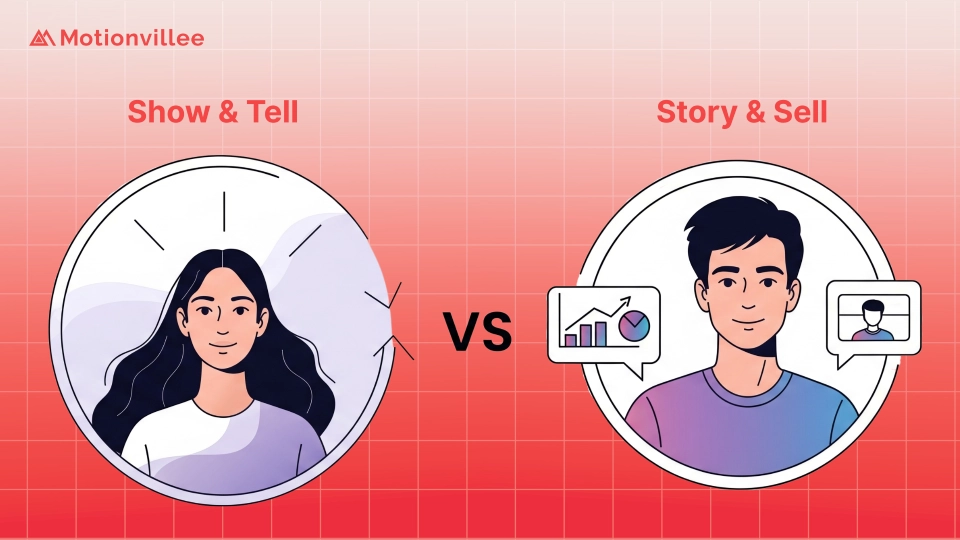
How Do Messaging Shifts Create an Effective Product Demo?
Messaging shifts create an Effective Product Demo by moving it from feature-heavy to story-led.
Each of the 15 shifts ensures that your demo is clear, relevant, and persuasive. Together, they build stronger buyer trust and increase conversion rates.
The business impact is simple: better clarity, more deals closed, and stronger relationships.
If you are ready to apply these shifts, schedule a call with Motionvillee to explore how the right demo storytelling can accelerate your growth.




